The Ultimate Backpacking Packing List: What to Bring on Your Next Hiking Adventure
You’ve prepared your tent, sleeping bag, and clothing for your adventure. But have you thought about what else you’ll need for your hike? You must keep in mind that you’re entering nature, so following a few basic rules can ensure you have a safe and joyful time. Hiking gear checklists differ depending on the duration of the journey, the area, and the level of expertise of the hiker. Before going out on the trails, you should always make sure that you’re prepared for any situation.
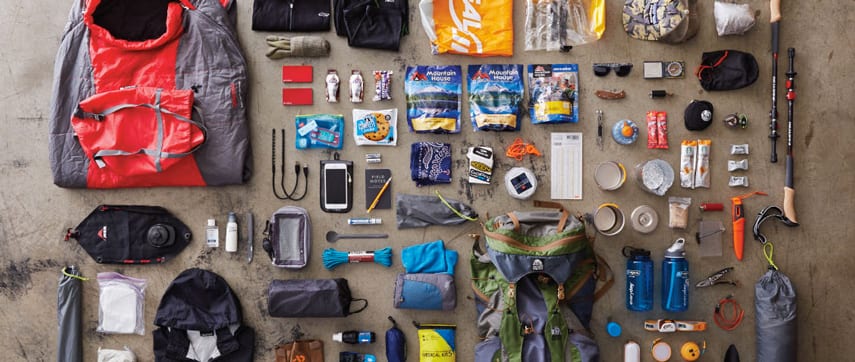
Visual Aid
Hiking at night can be fun and make the trip feel more like an adventure, but it poses more dangers than it does during the day. It’s important to carry a flashlight with you on every hiking trip, whether day hike or multi-day hike. The reason for this is that it makes you visible. There are many subtle dangers out on the trail, most of which have to do with people, either you or someone else getting hurt. A flashlight is your early warning system, your first line of defence against danger.
Carrying such a light source will help you avoid the dangers in the woods and find your way through the dark. Not only will you see where you’re going, and help you avoid tripping and falling, but it can also be used as a signalling device in case of an emergency. There are many different flashlights on the market these days, and each one has its own advantages, but few can compare to the quality of the multiuse Klarus flashlights.
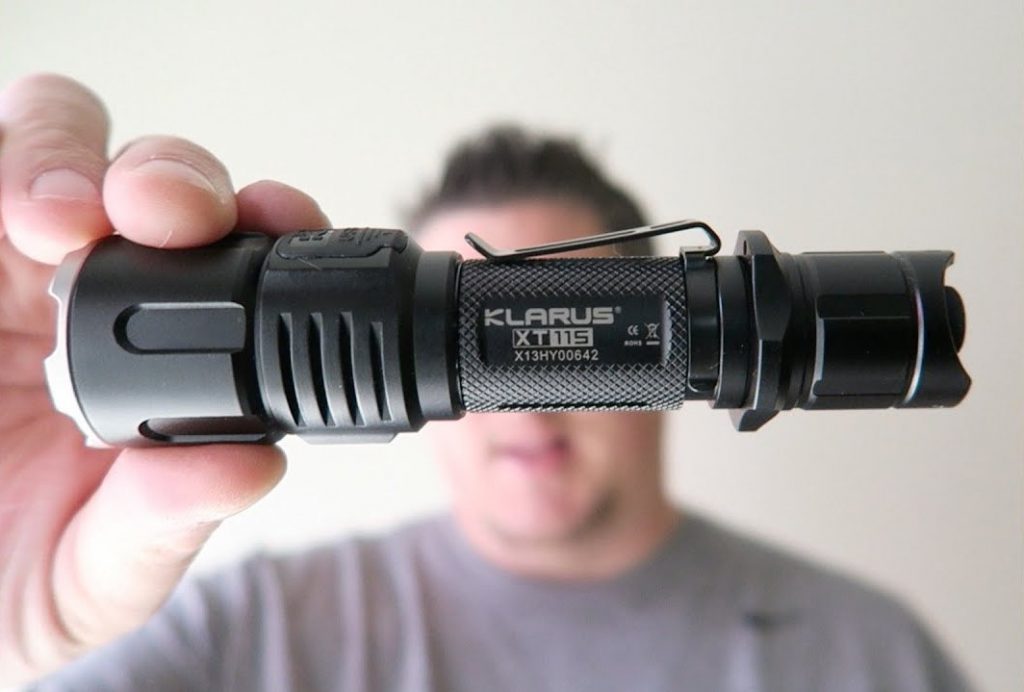
It’s easy to forget to pack a flashlight when you’re ready to go camping, but it’s always better to be safe than sorry. Maybe you’re planning to hike at night. Or maybe you’ll get lost and end up spending the night in the woods. That’s a good reason to bring one of these flashlights with you every time you go hiking.
Small, light, and easy to carry, you don’t have to worry about them weighing down your backpack. The best flashlights for hiking and camping are durable, dependable, and sturdy enough to withstand the elements. They’re made of aluminium and other weather-resistant materials.
The handy designs of Klarus flashlights with rechargeable batteries are ideal because you don’t have to worry about replacing them when they die – and they will, no matter how careful you are. The rechargeable battery options on your flashlight should be straightforward and easy to use. It’s also smart to carry extra batteries just in case one runs out when you need light the most.
Proper Clothing and Footwear
It’s hard to pack for a hiking trip. You need to bring everything you’ll need, but you don’t want to overpack. If you only bring the essentials, like the lightweight Klarus torch, multitools, and few clothing items, you’ll be able to hike faster and farther.
To pack right in the summer, choose lightweight clothing in breathable fabrics such as cotton or linen. Shorts are ideal because they keep your legs cool, and so are shirts with short sleeves which keep your arms cool when you’re hiking uphill. Be sure to also bring head protection, like a wide-brimmed hat and sunglasses since the sun is more intense at higher altitudes.
In the winter, warm layers are important. Snow can make temperatures plummet, so pack gloves and long underwear to stay warm. Don’t forget rain gear either! Even if it isn’t raining, a sudden downpour can soak you completely if you’re not prepared for it.
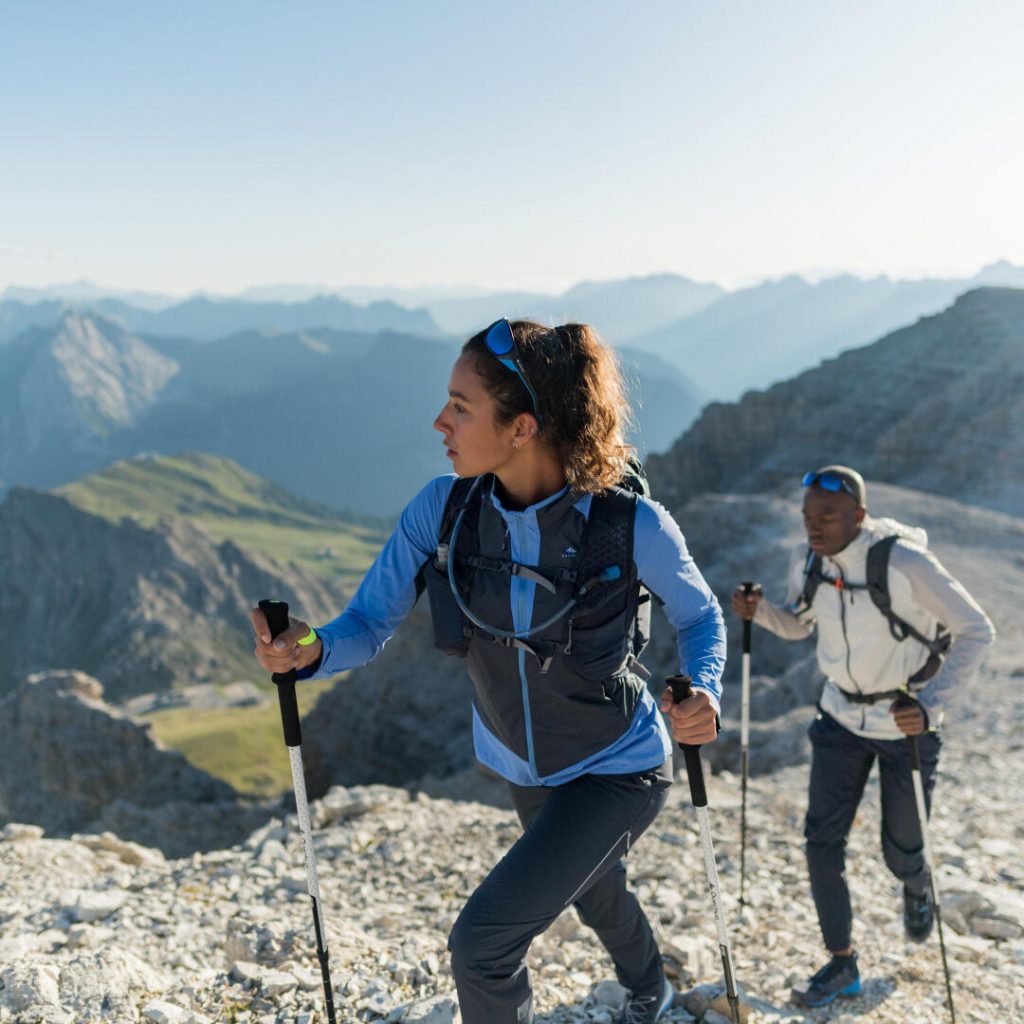
Whether you’re hiking the Appalachian Trail or exploring a new city, it’s always wise to carry a poncho or rain jacket. When the weather takes a turn for the worse, this thin, waterproof layer can save your life.
Breathable and lightweight, this piece of gear is great for staying dry on hikes and even as an emergency blanket when you’re stuck outside in bad weather. If you’re not planning on doing much high-altitude hiking, a poncho will be fine, but if you are, consider getting a rain jacket instead.
Navigation Tools
It’s also important to know what your exact location is at all times. The quality Klarus flashlights can help you find the way, but it’s better to also have a GPS unit to know where you are in a new area. Just be sure that if you do get lost, you know how to use it to find your way back to safety.
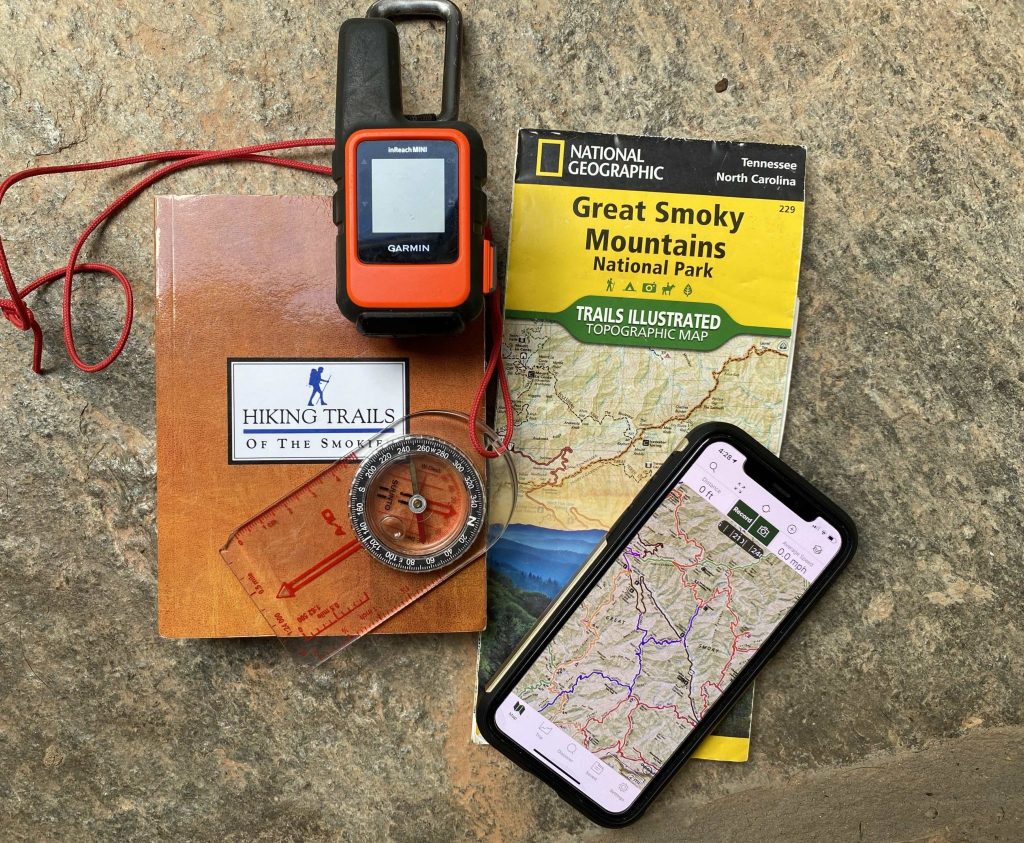
A compass can help you figure out where you are even if your GPS fails. Keep it away from magnetic fields as this can cause errors in the reading. By using a map and compass together, you’ll have a better idea of your location.
Water and Food
Water is one of the most important things to bring on your backpacking trip. You can’t get far without it so bring along plenty and keep yourself hydrated. Treat any water you find in the mountains with a purifying agent such as iodine or a tablet to ensure that you’re drinking safe, clean water.
If you’re carrying a heavy pack then you’ll probably want to bring along a hydration pack or some kind of reservoir so that you can drink throughout the day without having to stop and open up your backpack every time.
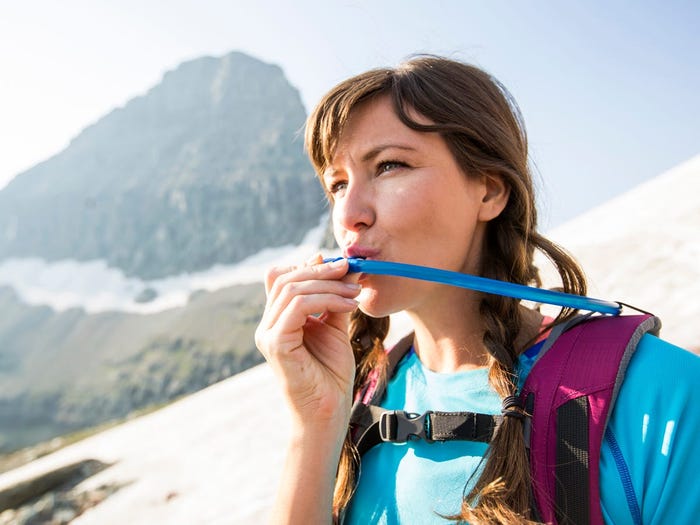
When packing food, remember that perishable items like dairy products and meats should be kept frozen to preserve their condition before reaching your campsite. Don’t forget to bring along snacks such as energy bars, dried fruit, and nuts for when you need an extra burst of energy and there isn’t a place where you can stop for a meal.
Other Helpful Items
A first-aid kit is a must same as a torch of Klarus or a flashlight of any other brand. Although accidents are rare, be prepared for the worst so that injuries can be treated immediately to reduce the risk of infection. Basic supplies include bandages in different sizes, medical tape to secure the bandages, gauze for larger cuts, antibiotic ointment to prevent infection, and pain medication such as ibuprofen.
Many people who are new to backpacking, or even those who have done it for a while, don’t realize how important it is to bring enough sunscreen when you head out into the wilderness. Sun exposure can be very dangerous, and not using sunscreen can lead to severe sunburns, which in turn can cause serious health problems.
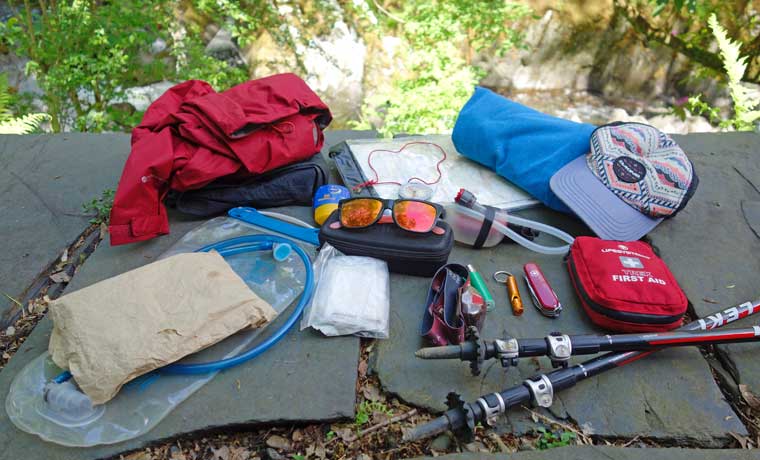
One of the biggest mistakes many make is thinking they don’t need sunscreen because they’ll only be out for a few hours and not be exposed to much sunlight. A little bit of sunscreen goes a long way, so you should try and have at least a few hours’ worth of protection.
Having sunscreen allows for the possibility that even though the sun will shine brightly for several hours in a row, you could still continue to be protected against harmful UV radiation. Also, don’t forget your bug spray while hiking. The bugs will eat you alive if you don’t use some sort of repellent.
To Sum Up
Above all, your backpacking kit should reflect what you need and how long you’ll be gone. Things like flashlights, bug repellent, food, water, and a first aid kit are always necessary for any adventure. It’s just about finding the right balance of needs so you can easily trek through whatever the wilderness throws at you.



